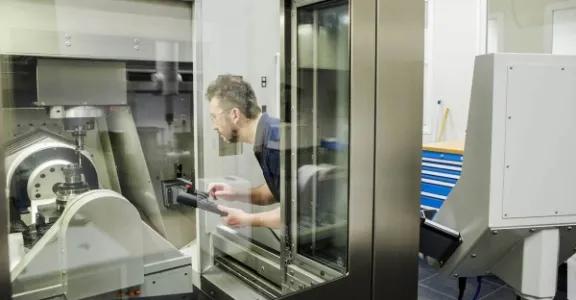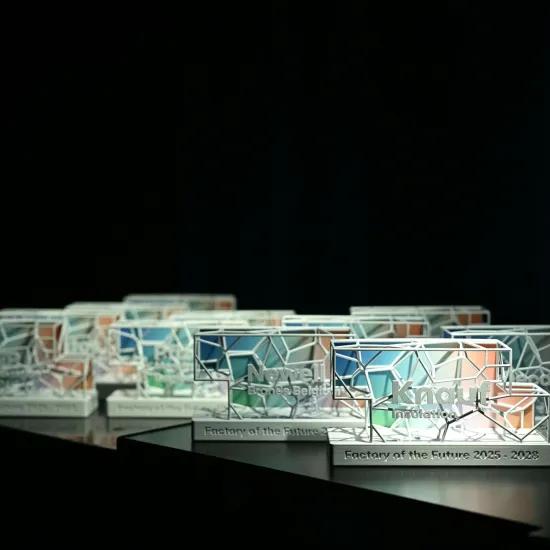The use of (real-time) data to adjust production processes - in machining one speaks of 'adaptive machining' - is the future of production. This is made possible by the increased availability of sensors. However, everything depends on having and understanding a standardised and structured model, in which the digital information is processed into a physical action. Such models are the key to successful digitalisation. In a series of blog posts, we highlight some basic models. This fifth section deals with the wear progression.
Everyone talks about 'Industrie 4.0' or the extensive use of (real-time) data to adjust and control production processes as the future of production. Within the machining industry, adaptive machining has been talked about for years, and thanks to the increased availability of sensors, it is now within reach. However, all this depends on having and understanding a standardised and structured model, in which the digital information is processed into a physical action. Such machining models are available and are still being supplemented by new scientific insights. In industry, however, to some extent they have fallen into disuse. As they are the key to successful digitisation, we highlight some basic models in this series of articles. In this article: the wear progression, a basic parameter for assessing a machining process.
Normal wear progression
The wear progression due to friction has three phases as shown in the graph above. In an initial phase, there is an accelerated increase in wear: the initial sharpness of the cutting edge will quickly disappear from the first contact with the workpiece. The next phase is characterised by a steady increase in wear. At some point (tool- and process-dependent), the cutting edge is weakened to such an extent that another phase of accelerated wear increases, ultimately resulting in tool failure or breakage. This progression will recur again and again, and for a given combination of 'tool-cutting conditions' the second turning point can therefore be determined.
The wear progression due to friction has three phases as shown in the graph above. In an initial phase, there is an accelerated increase in wear: the initial sharpness of the cutting edge will quickly disappear from the first contact with the workpiece. The next phase is characterised by a steady increase in wear. At some point (tool- and process-dependent), the cutting edge is weakened to such an extent that another phase of accelerated wear increases, ultimately resulting in tool failure or breakage. This progression will recur again and again, and for a given combination of 'tool-cutting conditions' the second turning point can therefore be determined.
Standardisation, automation and digitisation
Achieving a machining process, where wear is determined by friction and consequently leads to a repetitive wear pattern, is a key element in order to move towards standardisation, automation and digitalisation. After all, at this step, processes should be predictable to avoid overly expensive, complex solutions. Suppose that the machining processes are set up in such a way that tools have an erratic wear pattern (figure below, left) then it becomes impossible to provide the machine control with a standard tool change time and resources will be required to change tools in a timely manner. In a repetitive situation (figure below, right), a simple trigger can be invoked.
Having a repeatable process is also an advantage within the new developments around machine learning and artificial intelligence (AI). Of course, such techniques are meant to be self-learning from different situations and (eventually) take the correct actions, but the learning curve will be many times shorter in a situation like the one on the right than on the left of the above figure. The probability of making the right decision will also be many times higher, because for both man and machine, the behaviour of the tool on the left always remains a guess.
Online platform
On the online platform 'modelgebaseerdbewerken.be', you can consult various models and use them to optimise your machining processes. Access to the platform is free of charge but you do need to register.
On the platform you will also find the necessary explanations on how to work with the models, but be sure to keep an eye on the Sirris-agenda, as we will be organising both physical and online explanatory sessions.
More info? Please contact us!
The online platform is part of the 'Model-based processing’ COOCK project that was started with the support of VLAIO.







